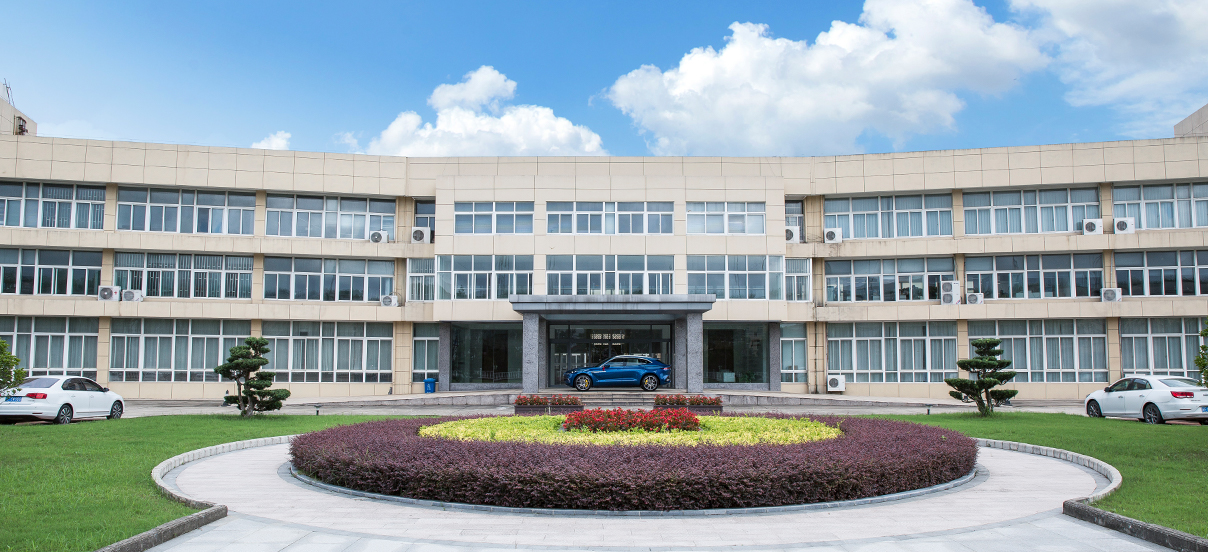OEM Uniform Factory
Uniform is a garment made according to different occupations. Workwear is usually sewn with durable fabrics and strong stitching and has different styles in design and tailoring according to different occupations. Workwear not only enhances the professional image and increases the sense of belonging among employees, but also protects their bodies or their own clothes from contamination. Workwear is generally a suit-style garment that is suitable for a variety of fields, such as catering, manufacturing and medical industries.
Nantong Huaqin Textile Decoration Co., Ltd.
Nantong Huaqin Textile Decoration Co, Ltd, founded in 1999, is China Uniform Manufacturers and Uniform Factory, servicing the home, industrial and hotel industries. Huaqin has a worldwide distribution over many countries including the United States, Canada, numerous European countries, Australia, etc. Nantong Huaqin continues to expand its international coverage.
Our mission is to build on our history of product excellence, manufacturing expertise and technology innovation partnerships. Nantong Huaqin is able to adapt our production processes to meet the challenges of changing trends, providing you with a quick response time. Our flexible and streamlined structure provides this response to customers’ needs. We will continue to provide your company with all your needs through a strong business partnership based on quality, performance, innovation, cost and environmental sustainability.

AUTHENTIC RELIABLE QUALITY NATURALLY STANDS OUT AND FEARS NO COMPARISON.
High-quality textiles and decorations are what we specialize in, and we place a high value on product quality certification. To give customers the confidence to choose our products, we'll keep working to raise the quality of our products, give them better products and services, and actively support the development of quality management systems.
-
2024-04-26
What are the common materials for folding chair covers? What are the differences in their characteristics and applicable situations?
Common choices for folding chair covers include polyester, polyester, cotton, polyester-cotton blend...
-
2024-04-19
In what scenarios will Kids apron be more widely used?
Kids apron is an apron designed for children and is widely used in homes, schools, nurseries, painti...
-
2024-04-12
What requirements does the weaving technology of Jacquard curtain have on the selection of fabrics?
Jacquard curtain is a kind of curtain made by jacquard weaving technology, and the choice of fabric ...
-
2024-04-05
In what situations is polyester napkin generally used and how is it used?
Polyester napkin, as a multi-functional dining accessory, is widely used in various occasions and si...
-
2024-03-22
How does the fabric density of the Stretch Jacquard Sofa Cover affect its comfort and protection
The comfort and protection performance of Stretch Jacquard Sofa Cover depends on its fabric density,...
 中文简体
中文简体 English
English Español
Español Deutsch
Deutsch
 Table Linens
Table Linens

 Apron
Apron

 Bedding
Bedding

 Sofa Cover
Sofa Cover

 Curtain
Curtain

 Chair Cover
Chair Cover

 Uniform
Uniform

 Others
Others





















